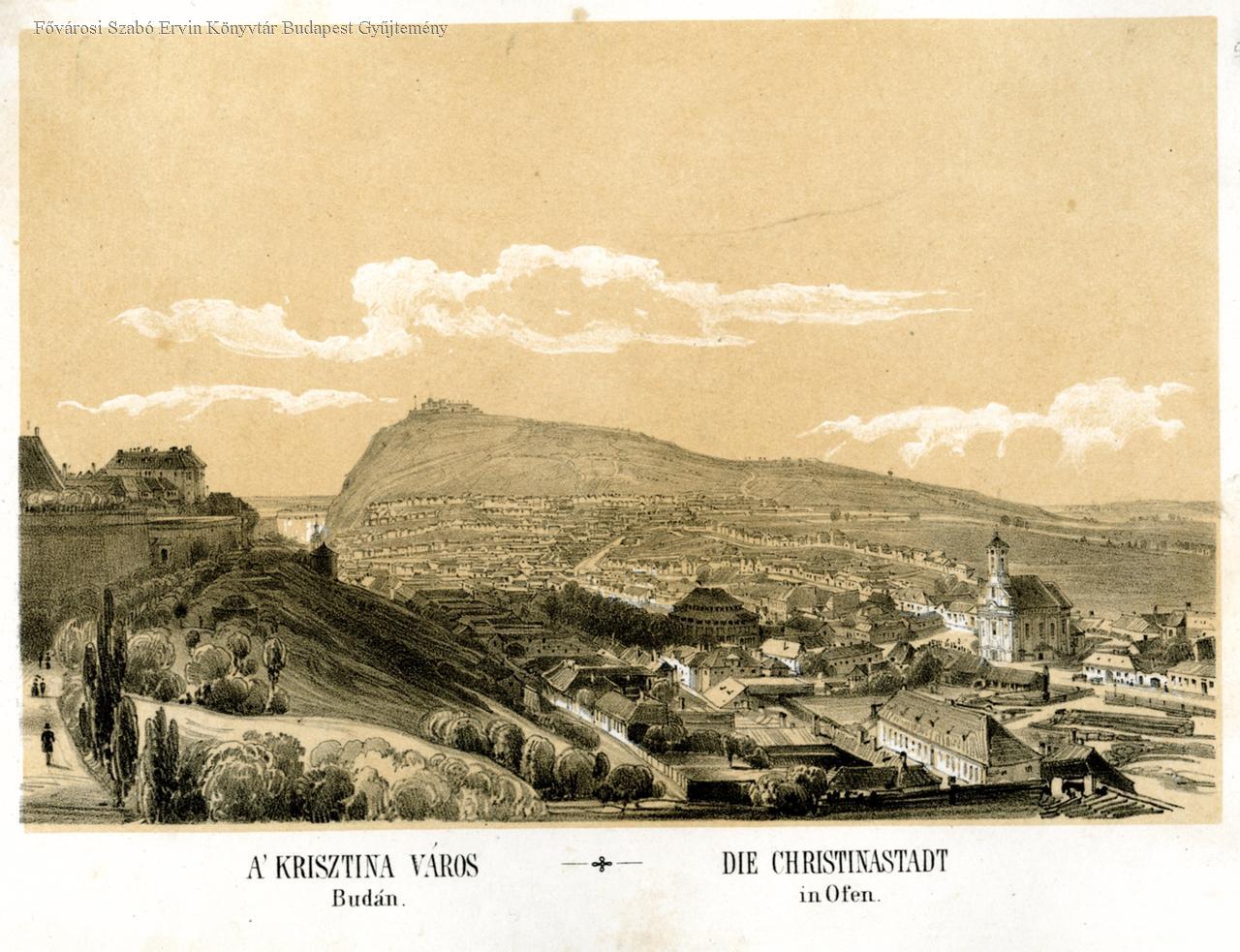
Rudolf Alt's 1840 graphic shows Buda Castle on the left and the church of Krisztinaváros on the right, behind which the Füvészkert operated on the outskirts of the city, after moving to Buda from Nagyszombat (now Trnava, Slovakia) (Source: FSZEK Budapest Collection)
Hungary's first botanical garden was founded in 1771 by József Jakab Winterl, a professor at the University of Nagyszombat (predecessor of Eötvös Loránd University) who was well versed in medicine, chemistry and botany so that students could not only see the plants on drawings but also get to know them alive. When Maria Theresa moved the university to Buda Castle in 1777, it was followed by the botanical garden, which continued to operate on the outskirts of the city, near Krisztina Square. Soon, it had to move again.
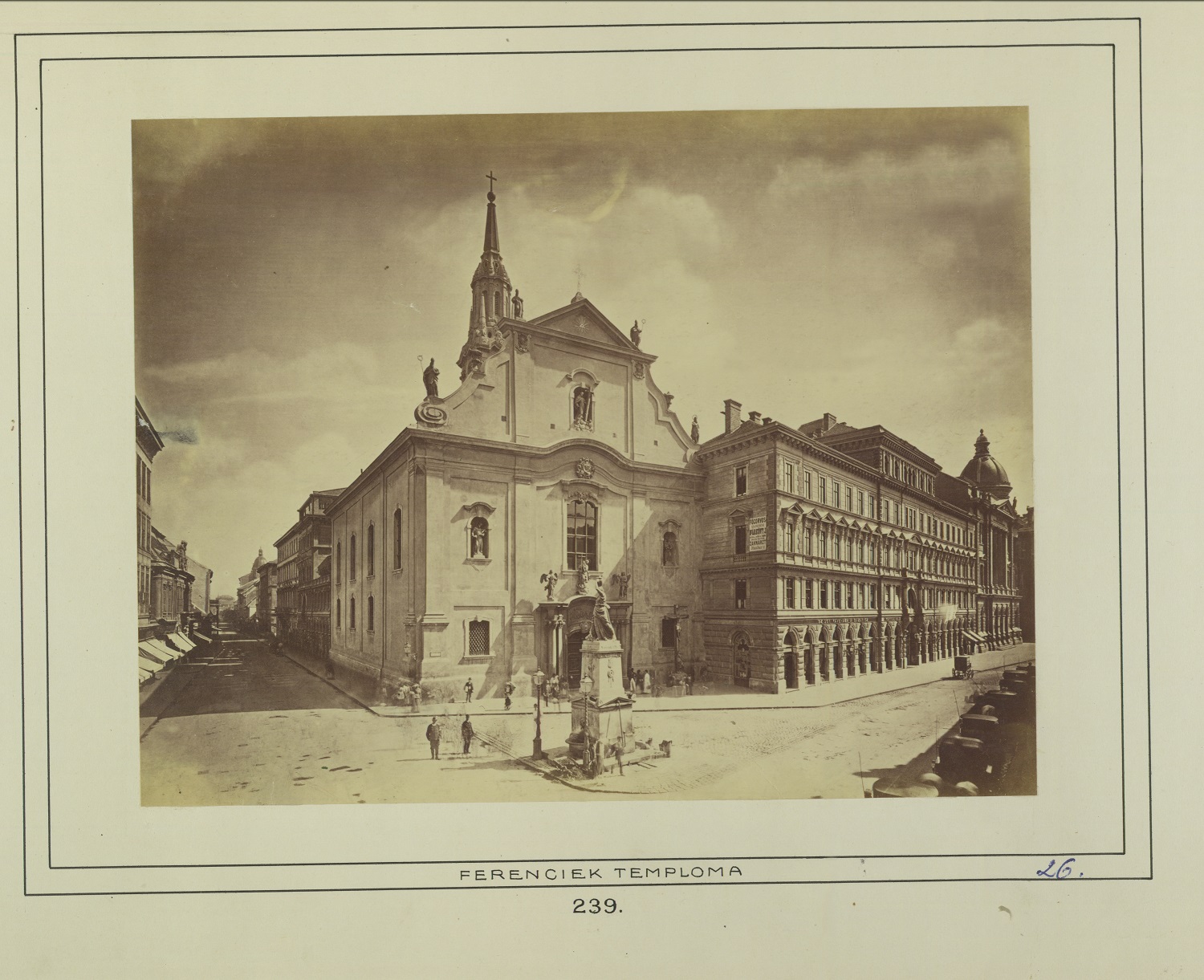
Ferenciek Square did not count as the edge of the city even in the 18th century. It is no wonder that the Füvészkert, located in the former monastery garden in 1784 behind the Franciscan church, was soon moved. Photograph by György Klösz from the end of the 1800s (Photo: Budapest Archives, No.: HU_BFL_XV_19_d_1_06_046)
After Joseph II. disbanded the monastic orders in 1784, the botanical garden received the monastery garden of the Franciscans in Pest. From that year, it continued to operate in the area between Kossuth Lajos Street and Reáltanoda Street, next to today's Ferenciek Square. Two years later, in 1786, Joseph II. visited the collection and was reportedly satisfied with the results. However, this did not save the garden from another move.
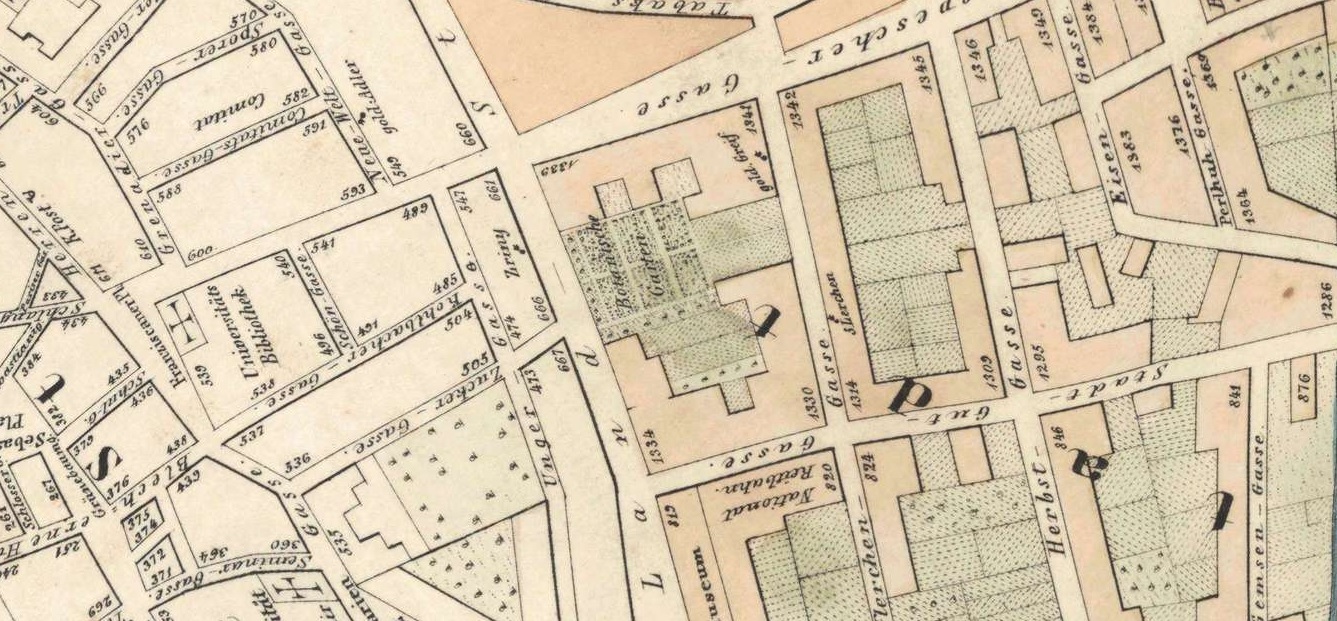
The Füvészkert ("Botaniche Garten"), marked with green, was located on today's 4 Múzeum Boulevard in the first half of the 1800s, where it became a significant botanical garden (Source: 1837 map of Pest, Buda and Óbuda based on Vasquez)
In 1809, the botanical garden moved outside the former Pest city wall to the area bordered by Múzeum Boulevard, Puskin Street and Rákóczi Road. The new director, Pál Kitaibel, brought many plant rarities with him from his thousands of kilometres of research trips and planted them here, and by the end of the 1810s, the garden boasted 10,000 species. However, the flood of 1838 put an end to the golden age.
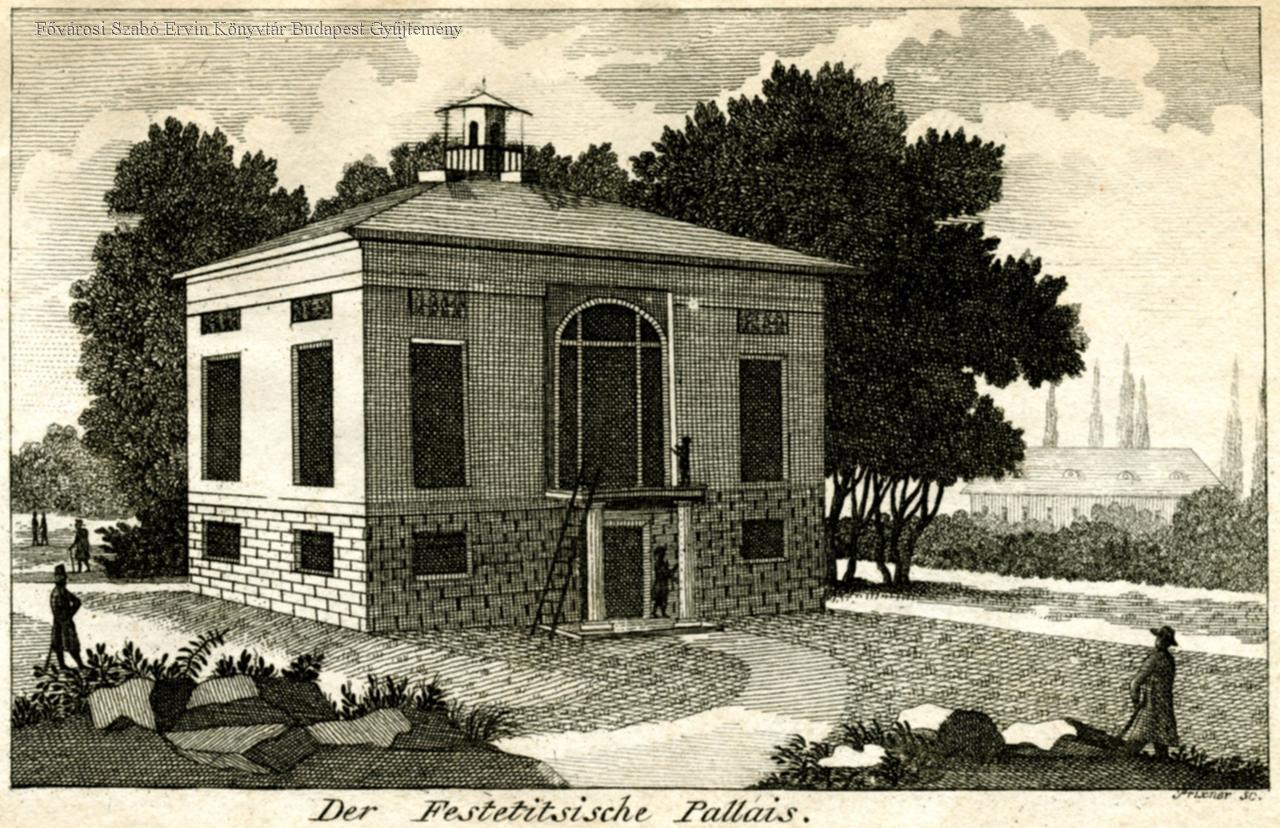
Representation of the castle in Füvészkert on the engraving of Gottfried Prixner, 1803. The building, which still stands today, was originally the hunting lodge of Antal Festetics and was built according to the plans of Mihály Pollack in 1802 (Source: FSZEK Budapest Collection)
The botanical garden moved to its present location in 1847, when, with the support of Archduke Joseph of Austria (Palatine of Hungary), the university bought the 10-hectare estate from the Festetics family for 80,000 Forints, with the hunting lodge built in 1802, designed by Mihály Pollack.
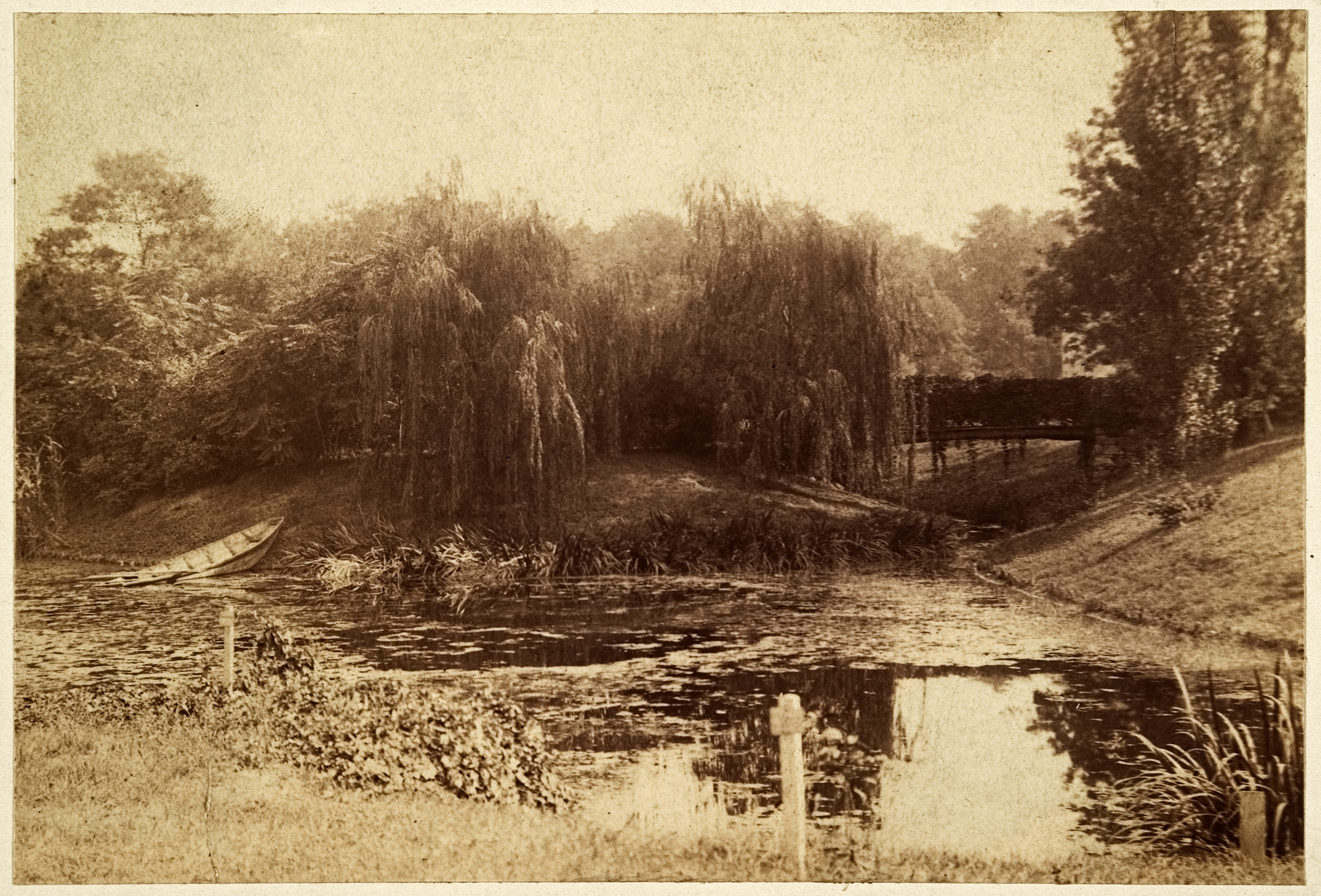
The largest of the former 5 lakes of the Füvészkert had an island in the middle, to which a bridge led. The lake was filled during the construction of the clinics (Photo: Füvészkert)
Less well known is that a stream once flowed through the Füvészkert, fed by the well of Elijah, an abundant water source near the Ludovika. Thanks to the stream, there were once 5 large lakes in the Füvészkert, with a small island in the middle of the largest, which was also beautifully captured in the novel The Paul Street Boys: this was the headquarters of the Redshirts.
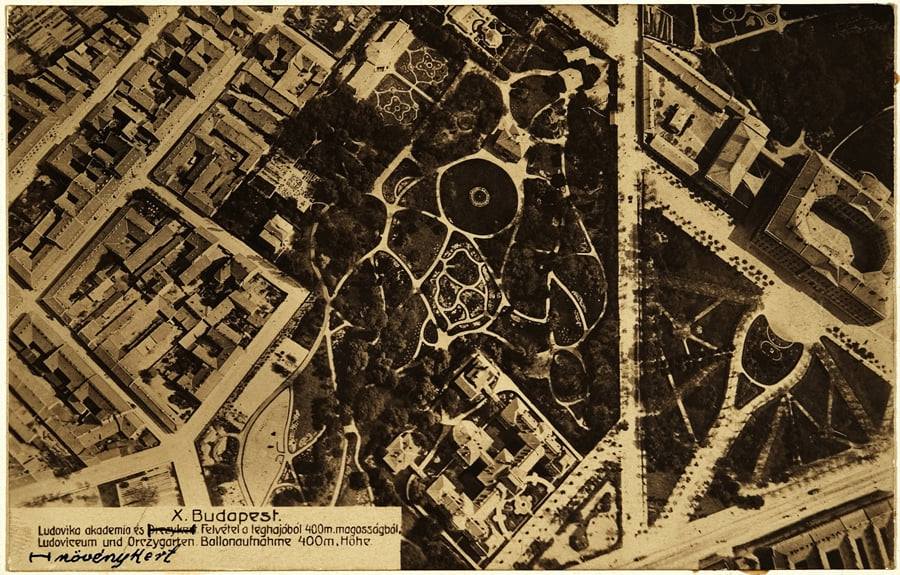
The area of Füvészkert in the late 1800s, photographed from an airship. The big lake had already been filled up, and the building complex of today's obstetric clinic was built, which can be seen at the bottom of the picture (Photo: Füvészkert)
However, today’s garden area is much smaller than the original 10 hectares: only 3.1 hectares remain. At the end of the 19th century, the area of the Füvészkert was chosen for the construction of new clinics in the city, so between 1872 and 1909, the buildings were built according to the plans of Ferenc Kolbenheyer, Antal Weber, Flóris Korb, Kálmán Giergl and József Kauser.
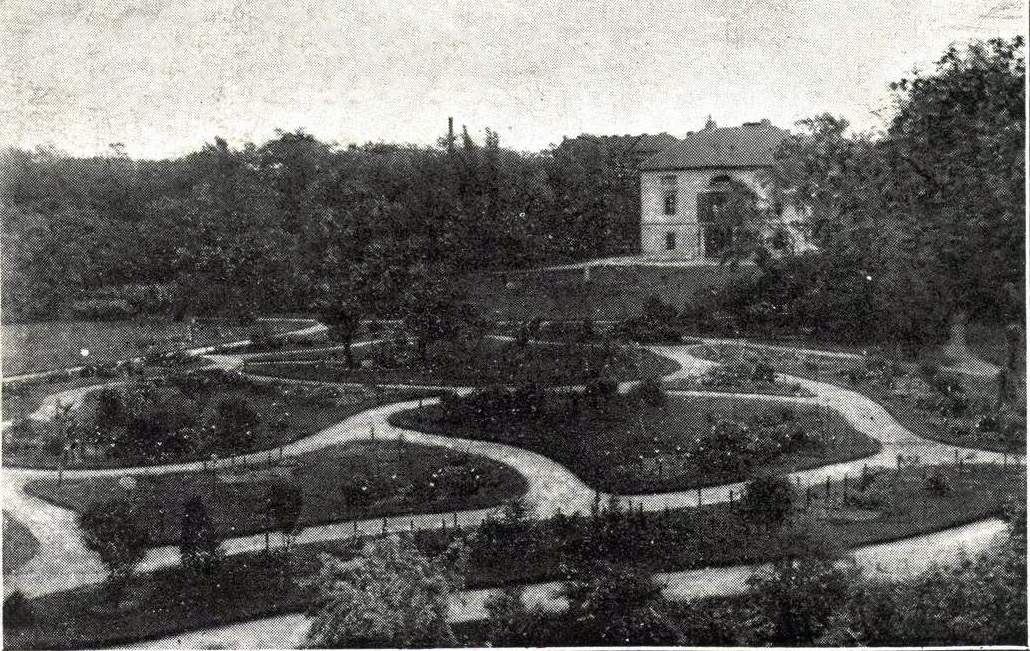
The university botanical garden, commonly known as the Füvészkert in the early 20th century, on a contemporary postcard
The origin of Füvészkert's name can be linked to the language reform, as the word füvész ('herbalist') was intended to be the Hungarian equivalent of botanist. Although the new word did not replace its synonym of Greek origin, the compound word, Füvészkert – perhaps thanks to the novel of Ferenc Molnár – eventually solidified in common language use.
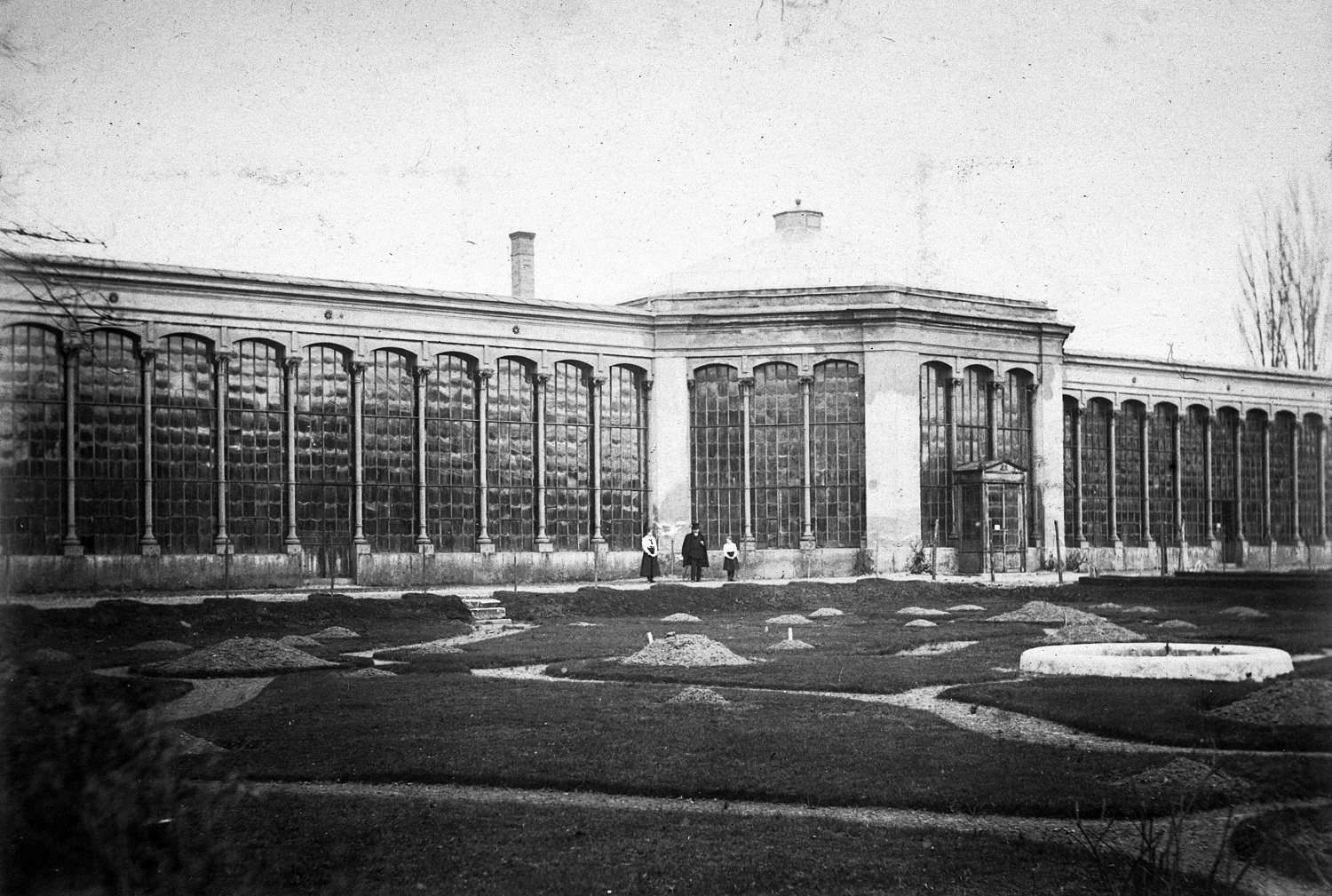
The original glasshouse in Füvészkert, built in 1864-1865, photographed in the 1910s. The building was built as an orangery, in which plants spent the winter. It was not “inhabited” permanently. It was only during the post-war reconstruction in the 1960s that it acquired the character of a modern glasshouse (Photo: Fortepan/No.: 26457)
In addition to the hunting lodge, there are several interesting buildings in the Füvészkert, such as the glasshouse, built in 1864-1865 according to the plans of József Diescher, which may also be familiar from The Paul Street Boys, as the little Ernő Nemecsek hid in its "goldfish pool". The glasshouse gained its present form only in 1965-1966 when it was expanded and rebuilt, as it was originally a so-called orangery in which the plants only spent the winters, in contrast to the glasshouse, which serves as a permanent home for them.
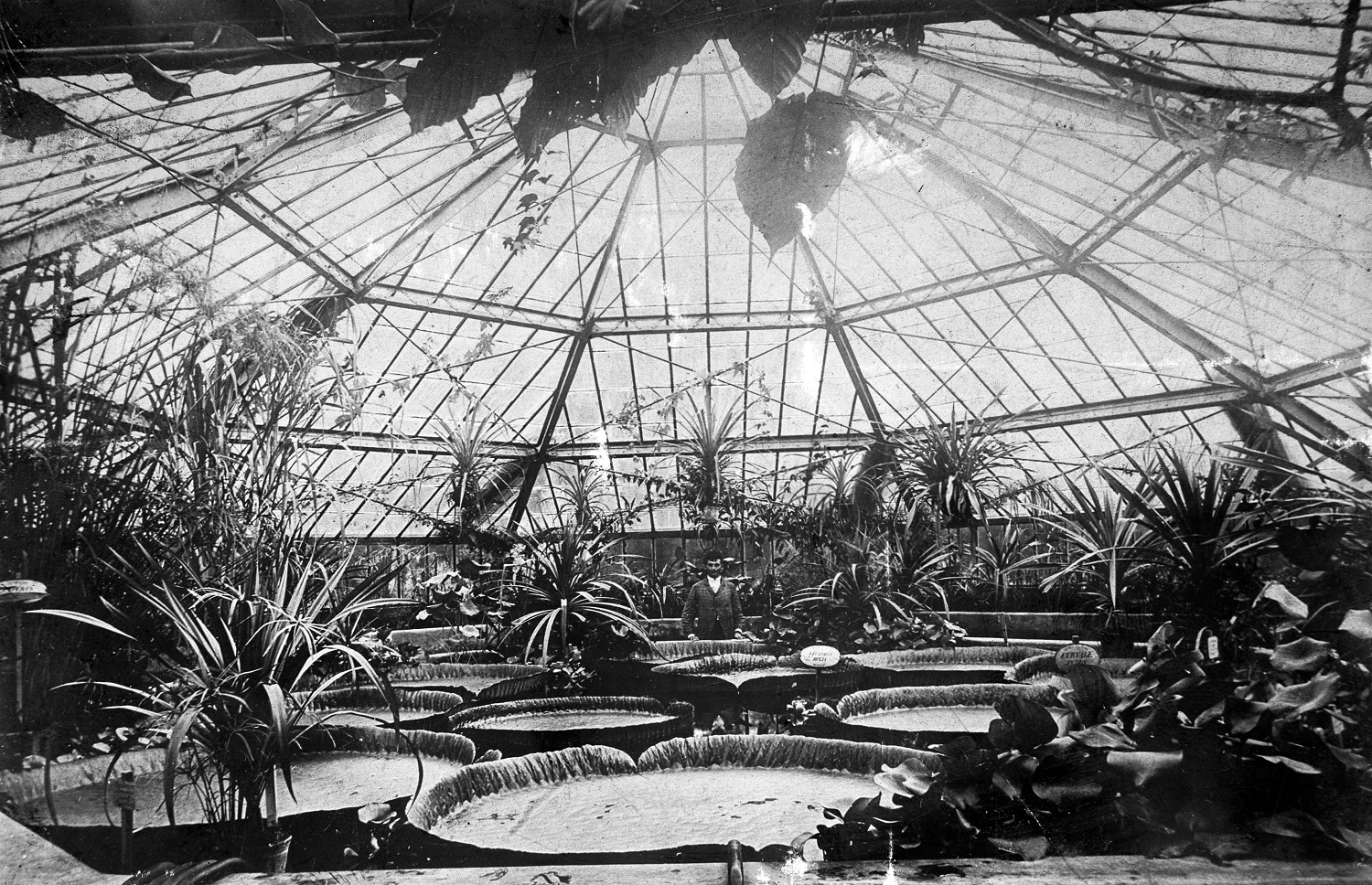
The most popular inhabitants of the Victoria House, named after the Latin name of the giant-leaved Amazon Water Lilies (Photo: Fortepan/No.: 26456)
Another interesting greenhouse in the garden is the Victoria House, built in 1893, with a large pool of tropical aquatic plants, including one of the park’s most unique attractions, the Amazon Water Lily (Victoria amazonica). The flowering of the plant is a great event every year, and it has been for a long time: the 19 August 1894 issue of the Vasárnapi Ujság reported that the flowering plant was visited by Archduchess Klotild.
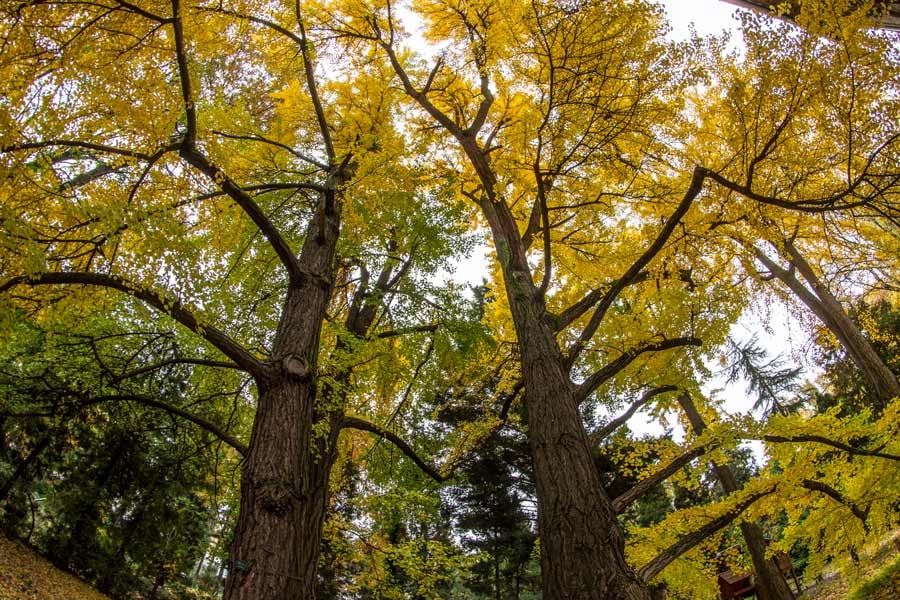
The oldest plants in the Füvészkert are the three fern pines, all about two hundred years old, which were planted by the Festetics family (Photo: ELTE Füvészkert/Károly Demeter)
Although the Füvészkert has been in its current location for 174 years, its oldest plants are even older: the three Chinese ferns (Ginkgo biloba) next to the lodge were planted about 200 years ago, in the time of the Festetics family. The 20–25-metre-high trees are among the oldest ferns in Central Europe, and the area, which has now become a magical botanical garden, still preserves the memory of the former castle park.
Cover photo: The Füvészkert in spring (Photo: elte.hu)

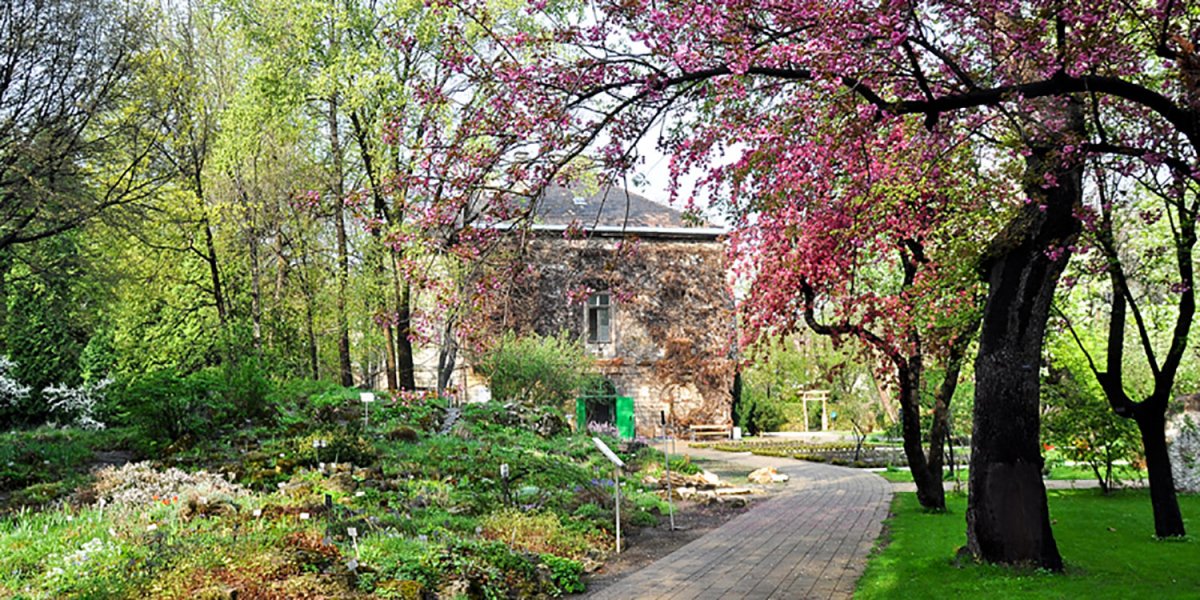

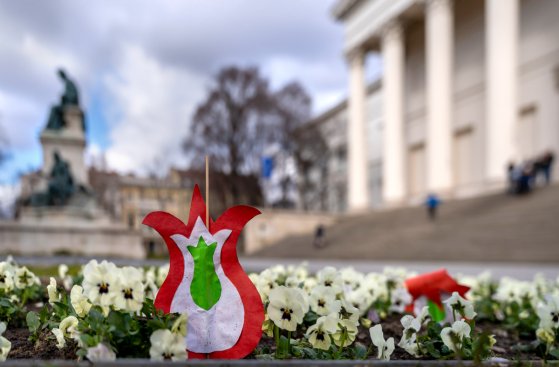

































Hozzászólások
Log in or register to comment!
Login Registration